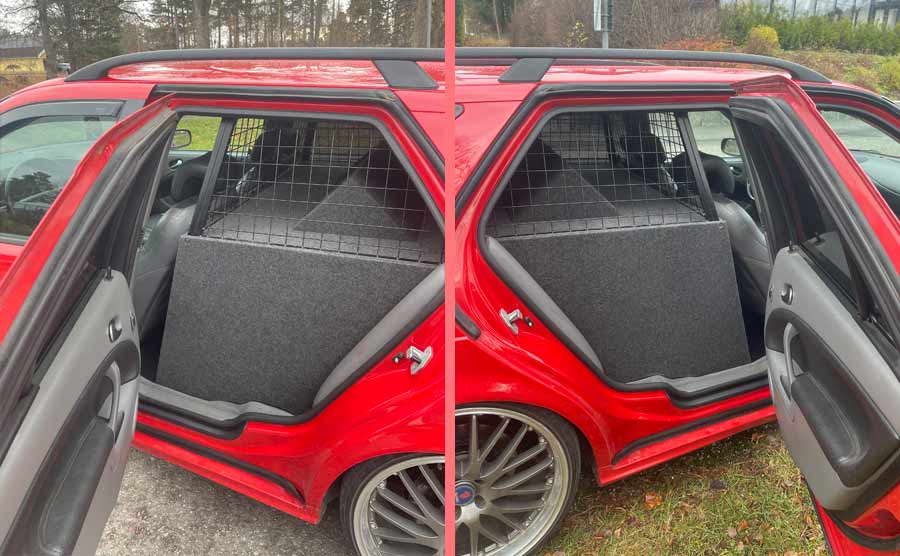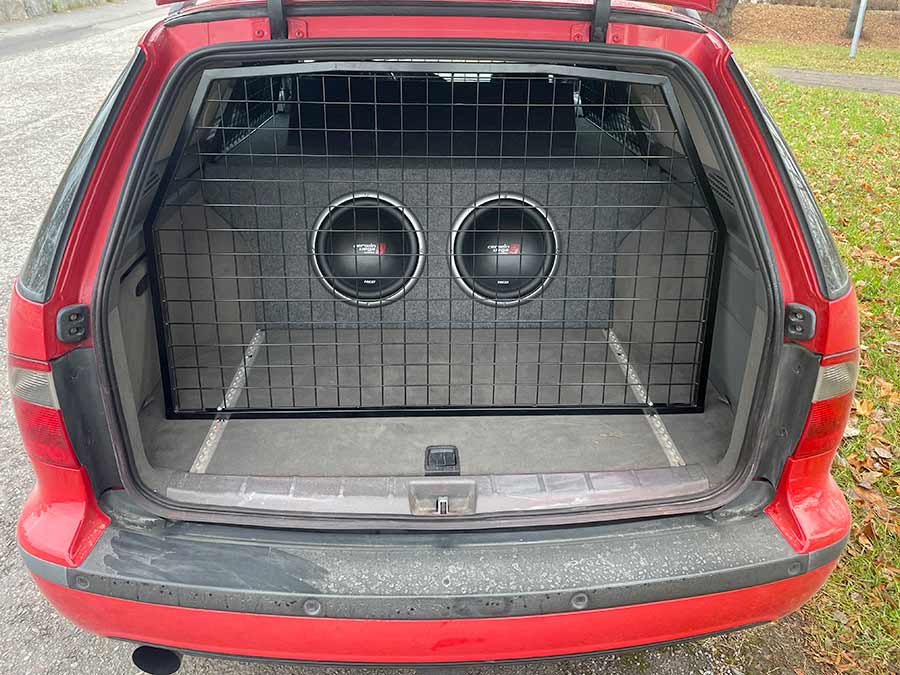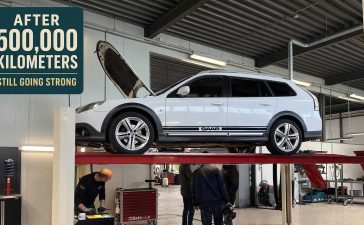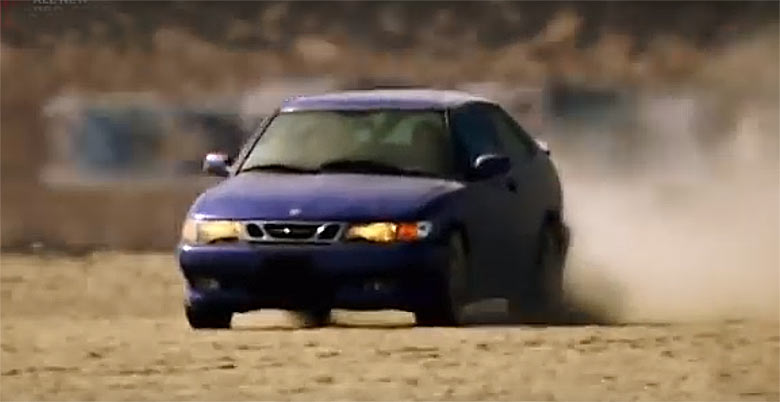Table of Contents
- 1 A Teenage Dream Built on Turbocharged Heritage
- 2 What Is an A-Traktor—and Why Should Saab Fans Care?
- 3 Meet Ture and His Turbocharged Tractor
- 4 The Youth Culture Fueling the A-Traktor Boom
- 5 The Saab Advantage: Safety, Style, and Status
- 6 Behind the Mod: Legal Challenges and Creative Engineering
- 7 The Downside: Regulations, Risks, and Roadspace
- 8 Why Ture’s Saab Matters
A Teenage Dream Built on Turbocharged Heritage
In Sweden, where automotive laws carve out a unique niche for teenage drivers, the A-traktor stands as more than a modified car—it’s a rite of passage. At 15, while most teens worldwide are learning to parallel park on their gaming consoles, Swedish youths are sliding into the front seats of real steel-bodied machines.
And few rides hit that cultural sweet spot like a converted Saab. One such standout comes from 17-year-old Ture Erikson, who has taken a 2004 Saab 9-5 Aero SportCombi and turned it into a legal A-traktor—and one of the most stylish ones we’ve seen.
What Is an A-Traktor—and Why Should Saab Fans Care?
In Sweden, A-traktors are legally modified vehicles, limited to 30 km/h and primarily intended for young drivers as young as 15. These cars must meet strict criteria: rear seats are removed or blocked, speed is limited either mechanically or electronically, and the car is re-registered as a “tractor” under Swedish traffic law. The origins of this concept trace back to the mid-20th century EPA-traktor, a workaround for farmers who couldn’t afford real tractors. Today, it’s a youth phenomenon with deep roots in rural independence—and, increasingly, in automotive self-expression.
For Saab fans, the relevance is clear: a turbocharged heritage, engineering precision, and a deep sense of Scandinavian identity make Saabs a popular platform for A-traktor conversions. Especially older wagons like the 9-5—built tough, safe, and eminently modifiable.
Meet Ture and His Turbocharged Tractor
Ture’s 2004 Saab 9-5 Aero started life as a regular family hauler. But in December 2023, it underwent a transformation into a fully compliant A-traktor. The process involved:
- Blocking the rear seats with a custom-built box
- Installing a mesh safety barrier behind the front seats
- Adding ballast to reach the minimum required weight of 2,000 kg
- Installing the LGF (slow vehicle) triangle on the tailgate
- Restricting the top speed to 30 km/h

From the outside, it still looks like a sleeper wagon—low stance, clean Aero lines, and wide alloys that wouldn’t be out of place on a Stage 3 build. But inside, it’s pure A-traktor compliance, Swedish-style.
“This isn’t just a car. It’s freedom. It’s a lifestyle,” says Ture.
And for him, like many others across Sweden, it’s also a deeply personal expression. A way to participate in Saab culture years before holding a full driver’s license.
The Youth Culture Fueling the A-Traktor Boom
The A-traktor scene has exploded in the last few years. Thanks to 2020 legislation allowing automatic transmission vehicles to be converted more easily, registrations have spiked. As of 2024, over 56,000 A-traktors are registered in Sweden.

It’s not just the numbers that tell the story—it’s the parking lots full of teens comparing suspension mods, custom LED lighting setups, or, as in Ture’s case, massive subwoofers housed behind steel mesh in the trunk. This isn’t a passing phase—it’s become a core element of Sweden’s rural youth culture.
Learn more from Transportstyrelsen on A-Traktor regulations
The Saab Advantage: Safety, Style, and Status
For many Swedish teens, the Saab brand carries a legacy of both performance and safety. With its turbocharged powerplants, robust chassis, and solid winter handling, the 9-5 is a natural fit for young drivers—especially those who want more than just utility. The Saab wagon’s cargo space makes it ideal for installing sound systems, custom lighting, and practical modifications needed for A-traktor conversion.
In Ture’s case, the build balances subtlety and street presence: lowered ride height, OE+ wheels, and a meticulous interior retrofit that screams OEM+ while meeting legal requirements. It’s this blend of compliance and character that makes it stand out.

Behind the Mod: Legal Challenges and Creative Engineering
Building an A-traktor isn’t just a matter of unplugging a few wires. Sweden’s regulations are specific:
- Speed must be physically or electronically limited to 30 km/h.
- Rear seat access must be permanently blocked.
- Vehicle weight must exceed 2000 kg.
- Only the front row of seats can remain usable.
- The car must display a slow-moving vehicle sign (LGF-triangle).
For enthusiasts like Ture, this means learning mechanical and electrical systems early. From bypassing cruise control to programming ECU limits, the skill set needed is part of the A-traktor rite of passage. It’s this kind of knowledge—and the community that shares it—that makes the culture so vital.
The Downside: Regulations, Risks, and Roadspace
Despite the culture’s popularity, not everyone is on board. Critics argue that these slow-moving vehicles clog traffic, and illegal modifications—like removing speed limiters—create safety hazards. In 2023 alone, Swedish police issued hundreds of citations for non-compliance.
But Ture’s Saab is not one of those cases. It passes inspection. It meets weight and safety standards. And more importantly, it’s a statement of how A-traktors can be done right—with passion, attention to detail, and respect for the law.
Why Ture’s Saab Matters
What makes this build special isn’t just its compliance or its aesthetic—it’s the spirit behind it. Ture’s 9-5 Aero isn’t trying to be a fast car. It’s trying to be the right car for someone in his position: a teenager with a passion for driving, a respect for Saab’s engineering, and a commitment to doing things properly.
This A-traktor shows us what happens when Saab culture collides with modern youth innovation. And as long as young enthusiasts like Ture keep putting this kind of heart into their builds, the future of the Saab legacy—even at 30 km/h—looks very bright.











